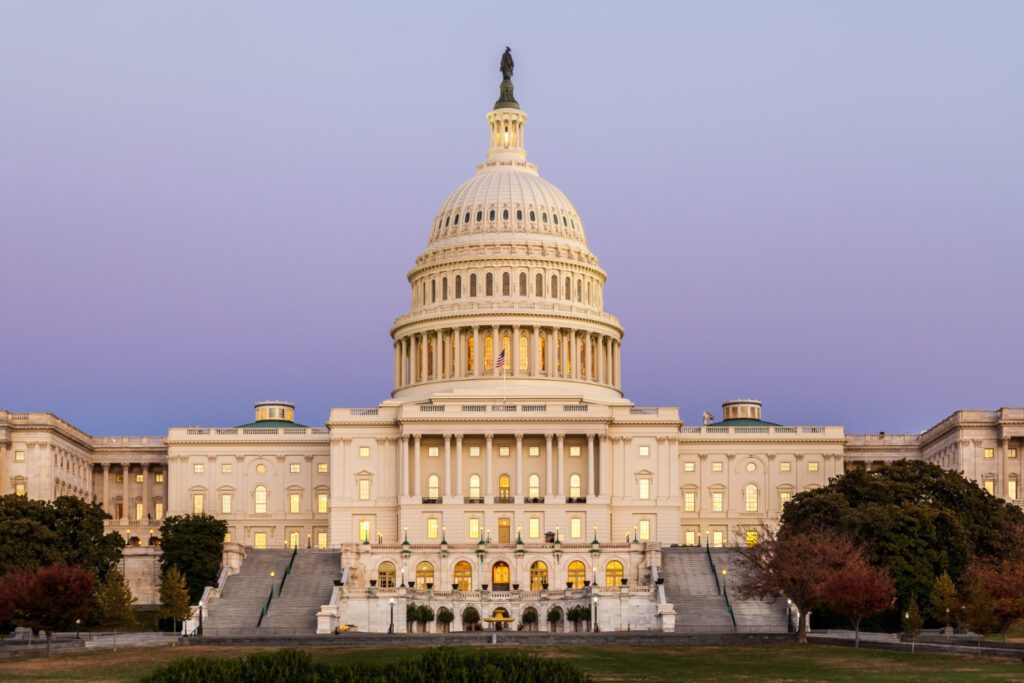
- As 2022 closed, Congress passed the SECURE Act 2.0, a wide-ranging initiative designed to help American employers establish retirement savings programs and help workers prepare for retirement.
- A financial professional can help both plan providers and workers understand how these changes may affect them.
- Updates include incentives for starting a plan, automatic employee enrollment, higher catch-up contributions, and measures aimed at helping workers with student loans, building emergency savings, and raising required distribution ages.
Understanding the SECURE Acts
Just as its sibling, the original 2019 SECURE Act, the new 2022 SECURE Act 2.0 shakes up retirement plan administration, saving, and spending. That’s not a bad thing, but investors and administrators will want to understand the changes.
The original “Setting Every Community Up for Retirement Enhancement” (SECURE) Act notably ended the “stretch” period for inherited retirement accounts and boosted the age when savers in traditional plans must start drawing them down (and paying Uncle Sam on tax deferred contributions and any gains).
For inherited accounts, instead of requiring a required minimum distribution (RMD) based on a formula involving the beneficiary’s age, the first SECURE Act created a “10 and out” requirement. For most non-spousal beneficiaries, tax deferred accounts now need to be emptied within 10 years. Of course, there are exceptions.1
The original Act also raised the RMD age for savers from 70½ to 72. Maybe not helpful for everyone, but potentially beneficial for big savers expecting to live a long life in retirement.1
What is the SECURE Act 2.0?
If the first SECURE Act seemed aimed at those closer to retirement – or inheriting tax deferred accounts – the SECURE Act 2.0 appears to be more closely focused on those currently saving for retirement. There are many layers, and while some may make things easier for workers, there are complexities.
A financial professional, in concert with tax and benefits administration pros, can help today’s workers and employers better prepare for the comfortable, rewarding retirement so many of us strive for.
How often does anyone look at new federal rules and think, “This might be a good thing?” In the case of SECURE 2.0, this could actually be a good thing.2,3
With these new adjustments, President and CEO of the American Council of Life Insurers (ACLI) Susan Neely hailed the bill, saying it makes “a real difference in the lives of millions of workers in need of a pathway to retirement savings.”4
Think this won’t affect you? These changes impact both full-time and part-time workers, military spouses, small business employees and owners, big employers, and student loan borrowers. Not only are there significant changes to traditional retirement accounts such as IRAs, 401(k), and 403(b) plans, but also to how annuities may fit.4
Highlights: What’s In It For You
“How will the SECURE Act 2.0 affect me?”
For American workers, there are some important potential benefits. For Employers, maybe a few more opportunities and requirements. Every situation is different, and that’s where an experienced pro can help. Not all changes take effect immediately. But some headlines include:
- Larger employers will need to enroll workers in a retirement plan automatically, diverting at least 3% or up to 10% of a worker’s pay into a personal retirement plan. Workers can, of course, opt out. But it could make it easier for employees to get started. This won’t kick in until 2025, but why not start now? “Far too many Americans don’t take advantage of their company-sponsored 401(k) plans, and this mandate would help raise enrollment rates,” said Jonathan Barber, a leader at Goldman Sachs’ Ayco wing, in an interview.2,7
- Employers that have never offered a plan get help, too: a tax credit to defray costs.5
- For workers 50 and up, the Act will allow higher catch-up contribution limits, a potential boon for higher-income workers who’ve maybe lived in the moment a bit too much and want to shore up retirement accounts.8
- For graduates entering the workforce, the Act allows employers to match student loan payments with plan contributions, which could help them get started earlier on retirement savings.5,6
- Many part-time employees will enjoy improved access to retirement plans.8
- Low-income savers can expect an increased tax incentive by 2027.5
- For savers with other means of retirement support, or for those who simply don’t want to retire, the Act raises the age of mandatory withdrawals, first from 72 to 73 this year, and eventually to 75.8
- A financial professional can help explain other potential benefits, including potential use of a retirement account to double as emergency savings; rollovers from a Roth savings account into a 529 education plan; a Saver’s Credit match; provisions for SEP and SIMPLE plans; and a searchable online database for “lost” or forgotten retirement accounts.8
While no one retirement solution is right for every employer or employee, the SECURE Act 2.0 appears to favor, even encourage, both retirement plan administrators and employees saving for retirement.
Remember, while Social Security retirement benefits are important, the average monthly check is around $1,500 to $1,600. Even for a married couple, that’s under $40,000 a year combined. When you consider housing, medical expenses, transportation, utilities, taxes, and food, that’s not a lot. Couldn’t we all do better with additional retirement savings?
And one more thing. Money in a retirement account doesn’t do much good if workers take it out (and spend it) every time they change jobs. The SECURE Act 2.0 aims to make it easier to roll those savings into a new employer’s plan. Leave those savings alone so they are there to help build the retirement you dream of.10
References:
- “Retirement Plan and IRA Required Minimum Distributions FAQs,” IRS.gov, accessed Jan. 2023, https://www.irs.gov/retirement-plans/retirement-plans-faqs-regarding-required-minimum-distributions
- “SECURE 2.0 Act of 2022,” Investopedia, Jim Probasco, Jan. 6, 2023, https://www.investopedia.com/secure-2-0-definition-5225115
- “H.R.2617 – Consolidated Appropriations Act, 2023,” Congress.gov, accessed Jan. 2023, https://www.congress.gov/bill/117th-congress/house-bill/2617/text
- “Congress Helps Millions Of Workers Save For Retirement With Secure 2.0, Registration For Index-Linked Annuities Act Passage,” American Council of Life Insurers, Dec 23, 2022, https://www.acli.com/posting/nr22-091
- “Congress Passes SECURE 2.0,” Plansponsor, Alex Ortolani, Dec. 23, 2022, https://www.plansponsor.com/congress-passes-secure-2-0/
- “Why Save for Retirement in Your 20s?” Investopedia, Steven Richmond, Dec. 1, 2022, https://www.investopedia.com/articles/personal-finance/040315/why-save-retirement-your-20s.asp#:~:text=Though%20retirement%20may%20seem%20far,a%20longer%20period%20of%20time
- “Congress Considers ‘SECURE Act 2.0’ with a New Round of Retirement Plan Fixes,” SHRM (Society for Human Resource Management), Stephen Miller, May 11, 2021, https://www.shrm.org/about-shrm/Pages/default.aspx
- “SECURE 2.0 Act Changes 401(k), IRA, Roth, Other Retirement Plan Rules,” Kiplinger, Kelley R. Taylor, Jan. 3, 2023, https://www.kiplinger.com/retirement/bipartisan-retirement-savings-package-in-massive-budget-bill#:~:text=RMD%20Changes,73%20beginning%20January%201%2C%202023.
- “Monthly Statistical Snapshot, November 2022,” SSA.gov (Social Security Administration), Nov. 2022, https://www.ssa.gov/policy/docs/quickfacts/stat_snapshot/
- “Efforts To Keep Workers From Cashing Out Their 401(K)S Gain Steam,” Yahoo Finance, Kerry Hannon, Jan. 7, 2023 https://www.yahoo.com/finance/news/efforts-to-keep-workers-from-cashing-out-their-401-ks-gain-steam-181832994.html
